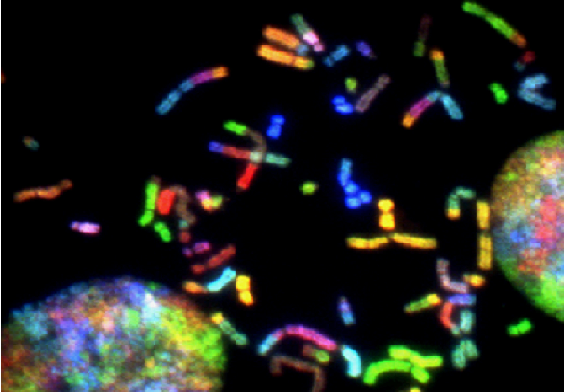July 21, 2021: Roche announced that Venclexta® (venetoclax) in combination with azacitidine has been granted Breakthrough Therapy Designation by the U.S.FDA for the treatment of adult patients with previously untreated intermediate, high- and very high-risk myelodysplastic syndromes (MDS) based on the revised International Prognostic Scoring System (IPSS-R).
MDS are a rare group of blood cancers that gradually affect the ability of the bone marrow to produce normal blood cells.
This can lead to weakness, frequent infections, anaemia and debilitating fatigue. In some cases, MDS can also progress into acute myeloid leukaemia (AML).
Every year in the US, approximately 10,000 people are diagnosed with MDS, and the median survival for those with higher-risk MDS is approximately 18 months.
“Higher-risk MDS is associated with poor prognosis, reduced quality of life, and limited treatment options,” said Levi Garraway, M.D., Ph.D., Roche’s Chief Medical Officer and Head of Global Product Development.
“We are pleased that the FDA has granted Venclexta its sixth Breakthrough Therapy Designation in recognition of its potential to improve outcomes for people with MDS in combination with azacitidine.”
This designation was granted based on interim results from the phase Ib M15-531 study investigating Venclexta/Venclyxto plus azacitidine in people with previously untreated, higher-risk MDS. BTD is designed to accelerate the development and review of medicines intended to treat serious or life-threatening conditions with preliminary evidence that indicates they may demonstrate a substantial improvement over existing therapies.
This is the 38th BTD for Roche’s portfolio of medicines, and the 11th designation for its haematology portfolio.
This most recent designation reinforces the potential of Venclexta/Venclyxto-based combinations across several blood cancers, including MDS.
In the US, Venclexta has been granted six BTDs by the FDA: one for previously untreated chronic lymphocytic leukaemia (CLL), two for relapsed or refractory CLL, two for previously untreated AML, and one for MDS.
Venclexta/Venclyxto is already approved in the US (as Venclexta) in combination with azacitidine, decitabine or low-dose cytarabine for the treatment of newly diagnosed AML in adults 75 years or older, or who have comorbidities that preclude use of intensive induction chemotherapy, and in the EU (as Venclyxto) in combination with hypomethylating agents, azacitidine and decitabine, for the treatment of adult patients with newly diagnosed AML who are ineligible for intensive chemotherapy.
\Venclexta/Venclyxto is also approved in the US and EU in combination with MabThera®/Rituxan® (rituximab) for the treatment of adult patients with CLL who have received at least one prior therapy; in combination with Gazyva®/Gazyvaro® (obinutuzumab) for the treatment of adult patients with previously untreated CLL; and as a monotherapy for the treatment of CLL in the presence of 17p deletion or TP53 mutation in people who are unsuitable for or have failed a B-cell receptor pathway inhibitor.
Venclexta/Venclyxto is being developed by AbbVie and Roche.
It is jointly commercialised by AbbVie and Genentech, a member of the Roche Group, in the US, under the brand name Venclexta, and commercialised by AbbVie outside of the US.
Related News: Roche announces efficacy of Venclexta/Venclyxto in chronic lymphocytic leukaemia
AbbVie’s VENCLEXTA® Receives FDA Approval for Acute Myeloid Leukemia
About myelodysplastic syndrome (MDS)
MDS are a rare group of blood cancers that gradually affect the ability of the bone marrow to produce normal blood cells. This can lead to weakness, frequent infections, anaemia and debilitating fatigue.
In some cases, MDS can also progress into acute myeloid leukaemia (AML).
Every year in the US, approximately 10,000 people are diagnosed with MDS and the median survival for those with higher-risk MDS is approximately 18 months.
There are several classifications of MDS – very low-risk to very high-risk – determined by the composition of the bone marrow, blood cell counts, and chromosomal alterations.
Higher-risk disease is defined as intermediate, high- or very high-risk based on the revised International Prognostic Scoring System (IPSS-R), which is a risk assessment scale that uses five prognostic indicators to predict the course of a patient’s disease.
Approximately half (45%) of patients present with higher-risk MDS, which is associated with a poorer prognosis and short life expectancy.


